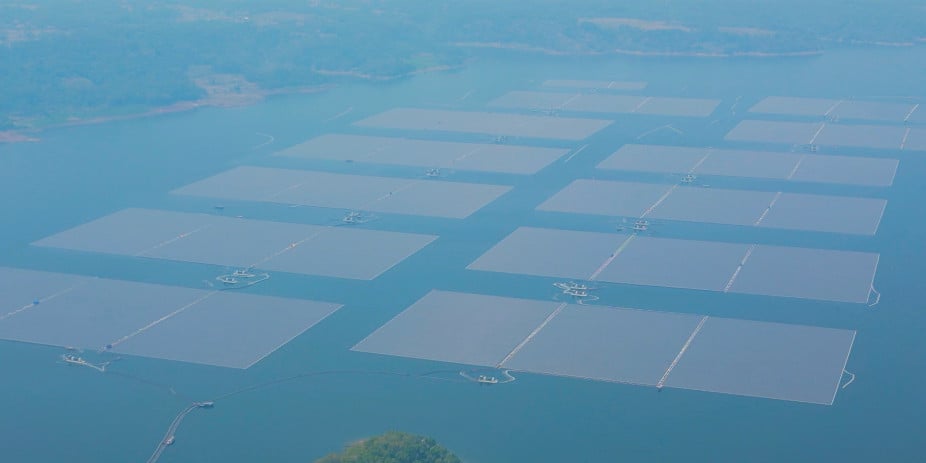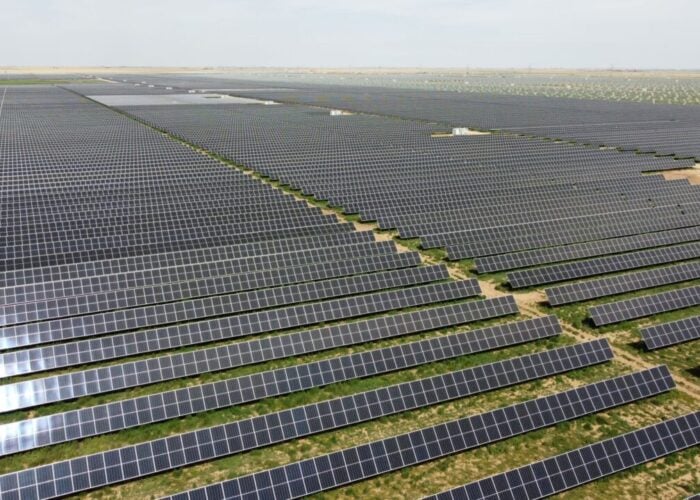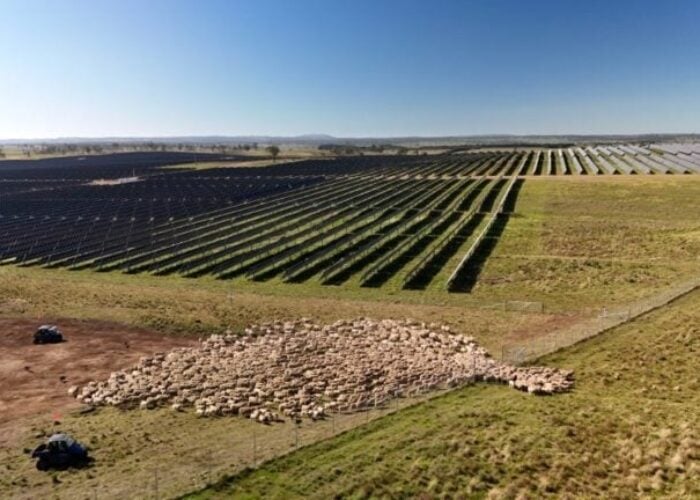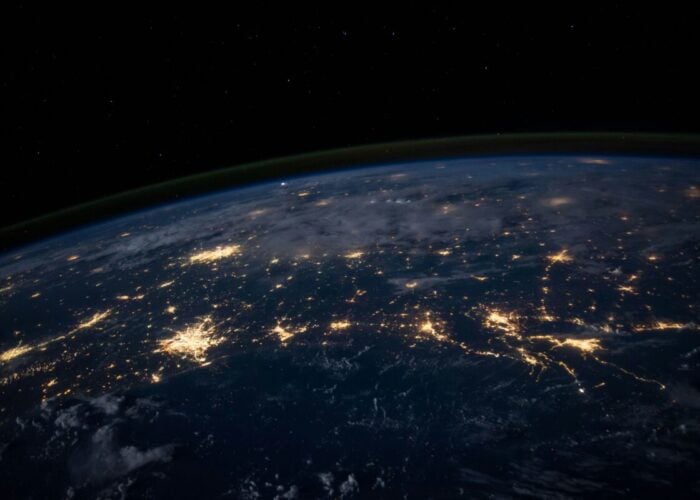
Masdar, the UAE state-run renewables developer, has signed two agreements with the Indonesian electricity firm PT PLN to expand floating solar capacity on the Indonesian island of Java.
The two companies signed a memorandum of understanding (MOU) that will see them develop a floating PV project at the Jatigede Dam reservoir in West Java. The MOU follows Masdar’s successful award of the lowest tariff in PT PLN’s Hijaunesia 2023 bidding program, which sought investment partners to develop floating and ground-mounted PV projects.
Unlock unlimited access for 12 whole months of distinctive global analysis
Photovoltaics International is now included.
- Regular insight and analysis of the industry’s biggest developments
- In-depth interviews with the industry’s leading figures
- Unlimited digital access to the PV Tech Power journal catalogue
- Unlimited digital access to the Photovoltaics International journal catalogue
- Access to more than 1,000 technical papers
- Discounts on Solar Media’s portfolio of events, in-person and virtual
Or continue reading this article for free
Development of the new Jatigede Dam plant is expected to begin this year, Masdar said, with first operations expected in 2027.
Masdar and PLN also inked a “Principles of Agreement” deal to potentially expand Masdar’s 145MW operational Cirata floating PV project in West Java.
The two firms previously discussed plans to treble the Cirata project’s capacity in September 2023, following a change to Indonesia’s laws over the proportion of water coverage allowed for renewable energy projects. Masdar said the new agreement “follows the successful completion of studies into the feasibility of the expansion.”
The two agreements were signed during Indonesian president Prabowo Subianto’s visit to the UAE, and Masdar said they “build on the UAE’s strong relationship with Indonesia and will contribute to the country’s goal of achieving net-zero emissions by 2050.”
In November, Subianto raised Indonesia’s renewable energy deployment target to 75GW by 2040 as the country plans to phase out its fossil fuel generation.
Solar PV is likely to be a major part of that expansion, according to a report from energy think tank Ember Climate, which said that solar was the “most feasible” technology to enable the transformation of Indonesia’s energy mix.
The broader Southeast Asian region, including Indonesia, is set to become a major market for floating solar PV. The emergent technology has seen particularly high uptake across the region, with a report from Rystad Energy noting that 300MW of floating PV would be added in the first few months of 2024.
Wood Mackenzie forecast that Indonesia, Vietnam, Thailand, Malaysia and Laos would all install over 1GW of floating PV by 2031 (premium access). Its report expects Indonesia to reach over 8GW of floating solar by that date, while both Thailand and Vietnam will surpass 3GW. This trend is largely driven by practical necessity, as the region has a relative lack of available development land compared with available bodies of water.







